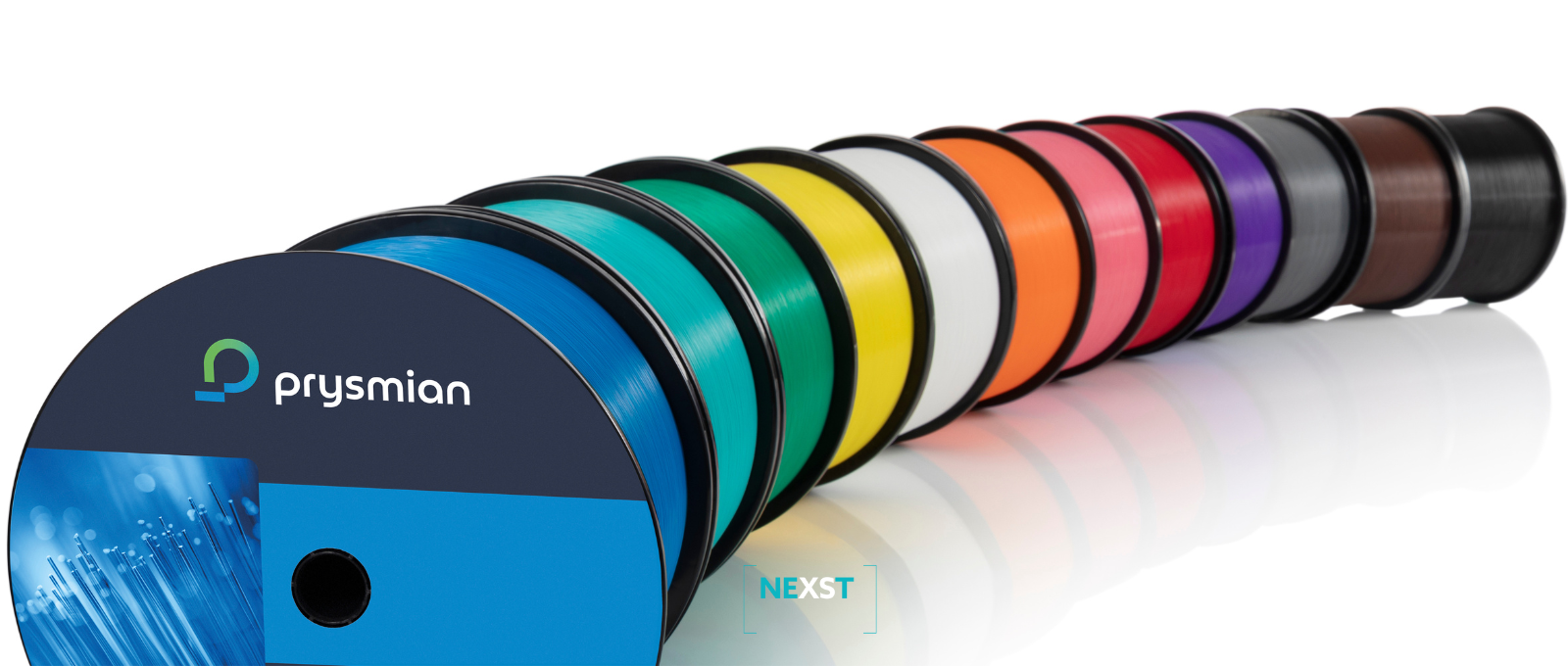Growing adoption of high-density fibre in public networks and data centres is being driven by the escalating demand for higher bandwidth, lower latency, and more efficient data transmission. In data centres especially, transitioning to high-density fibre solutions is crucial to managing the surge in data traffic and supporting emerging technologies such as artificial intelligence.
High-density cables allow more fibres to be packed into the same physical space, enabling better cable management in racks and conduits—an essential factor in both data centres and crowded public network ducts. These cables support higher capacity, accommodate exponential data growth, and allow operators to enhance speed and performance, simplify maintenance and deployment, and can be scaled up without the need for major infrastructure overhauls.





